Tag Archives: microCT
MicroCT Imaging of Metamorphosis in the African Clawed Toad
Chris Armit - July 19, 2024

MicroCT imaging is an exceptional tool for 3D visualisation. A new Data Note published in GigaScience reports on a unique, high-quality series of MicroCT images that covers the lifespan of an amphibian from tadpole to froglet to mature adult frog. The Data Note reports on a 3D anatomical atlas of an important model organism of […]
GigaScience at SPNHC 2022
Chris Armit - June 27, 2022

Write up of the meeting of the Society for the Preservation of Natural History Collections (SPNHC 2022) by Chris Armit.
3D imaging of the proteus, a mysterious cave-dwelling salamander
Hans Zauner - April 6, 2022
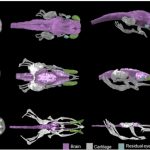
Newly published high-resolution images of the head of the blind salamander Proteus anguinus reveal adaptations for life in the dark.
A step-by-step guide to 3D print a scientific publication.
Scott Edmunds - March 9, 2021
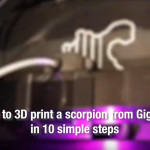
To promote re-use of microCT data and 3D models we have produced a video guide on how to 3D print a scorpion from GigaDB in 10 simple steps.
Giga Gets Bigger: GigaByte kickstarts GigaScience Press
Scott Edmunds - September 4, 2020

GigaScience has spawned a new smaller and more agile sibling: GigaByte, and is the first journal to come from our new GigaScience Press. This bigger and better GigaScience family has lead to some changes in GigaScience, and we are pleased to make some important announcements about the team. Coming shortly after our 8th birthday, GigaScience […]
Lost worlds: via Sketchfab a 3D fossil offers a glimpse of prehistoric marine life
Chris Armit - April 1, 2019
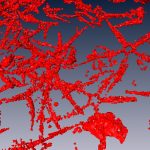
Just out in full text is a our first paper showcasing our latest complete integration with the Sketchfab 3D viewer. In this a 3D fossil seabed from the lower Devonian geologic period has been digitally reconstructed using micro X-ray computed tomography (microCT) imaging. A section of the fossil bed, measuring 2 x 1 metres wide […]
Interact with the Crabs in Your Computer: New GigaDB Imaging Widgets
Scott Edmunds - March 15, 2018
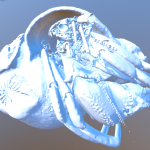
GigaScience have now integrated with sketchfab to allow interaction with 3D models. The first microCT example being hermit crab scans
See inside Obama in 3D? Yes We Can!
Scott Edmunds - March 17, 2016
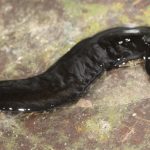
What does Obama, mysteries hidden in Brazilian leaf litter, and state-of-the art 3D imaging technology have in common? Find out more in GigaBlog.
Brooding Brittle Star Babies. Q&A with Jannes Landschoff
Scott Edmunds - November 17, 2015
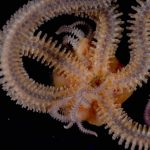
Q&A with Jannes Landschoff, first author on our latest Data Note presenting 100GB of high-resolution 3D data from live-bearing brittle stars. Jannes tells us about how he became interested in brittle star copulation, the advantages of using micro computed tomography in morphology studies, and gives an African perspective on the challenges of dealing with big-data.
The Early Earthworm Catches on to Full Data Release
Scott Edmunds - May 19, 2014
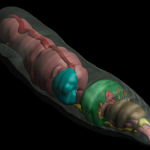
New research and data published in both GigaScience and PLOS ONE provides complete open access to detailed microCT 3D images of earthworms